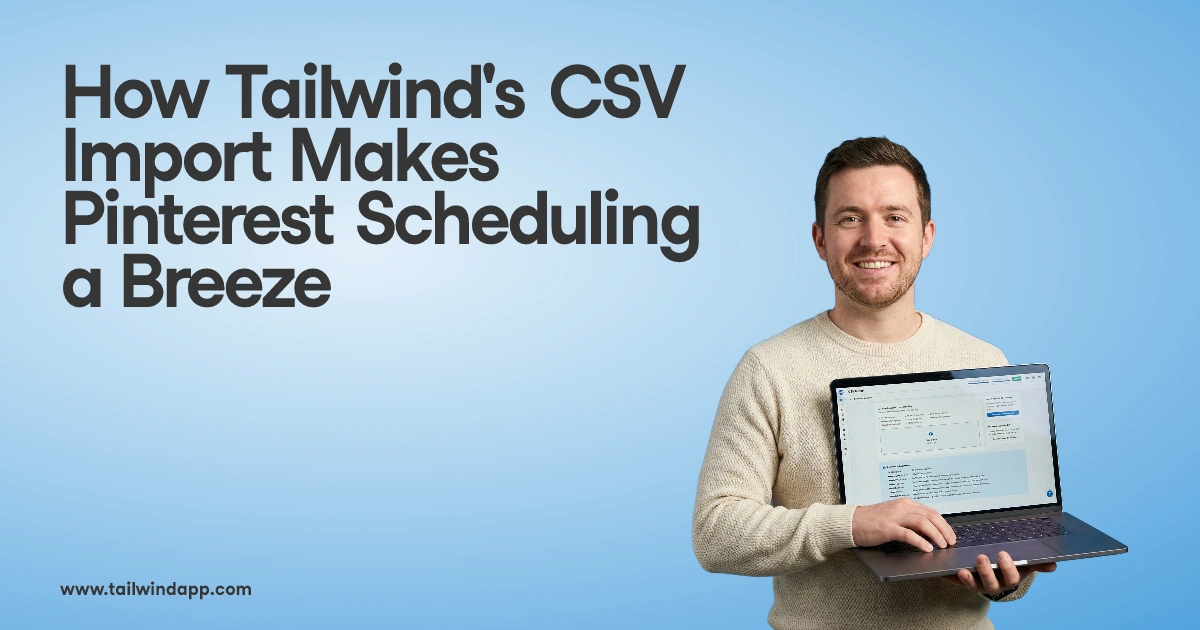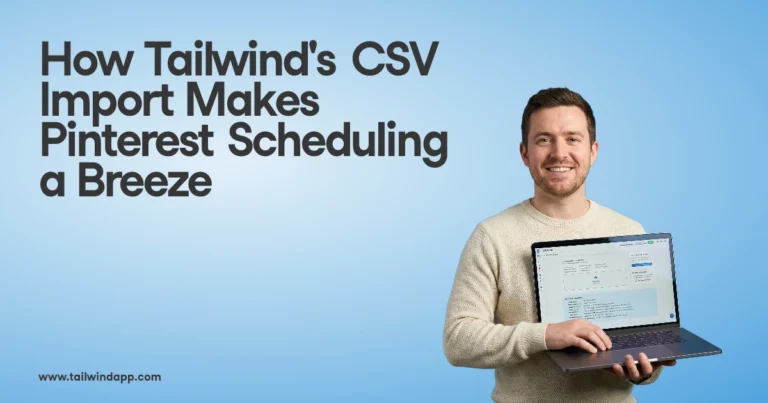
Ecommerce, a shorthand term for electronic commerce, quickly became an integral part of the global economy.
Understanding its language — the many acronyms and abbreviations — is a must to make your life much easier.
Ecommerce Business Models Abbreviations
In the vast landscape of Ecommerce, several key business models are used to classify and differentiate various types of transactions:
- Business-to-Business (B2B): Commerce between two businesses rather than between a business and an individual consumer. For instance, a manufacturing company selling parts to another company for their products.
- Business-to-Consumer (B2C): Transactions between businesses and consumers. Most online retailers, like Amazon and eBay, fall under this category.
- Consumer-to-Consumer (C2C): Allows consumers to sell directly to other consumers. Sites like eBay and Etsy enable this type of transaction.
- Direct-to-Consumer (D2C/DTC): D2C is a business model where a manufacturer or brand sells directly to the end customer without going through a retailer, distributor, or wholesaler.
Ecommerce Marketing Abbreviations
Ecommerce marketing involves strategies to attract viewers, convert them into customers, and retain them post-purchase.
A deep understanding of these terms can help you navigate the world of online selling:
- Search Engine Optimization (SEO): The process of optimizing your online content so that a search engine likes to show it as a top result for searches of a certain keyword.
- Search Engine Marketing (SEM): A form of Internet marketing that involves the promotion of websites by increasing their visibility in search engine results pages primarily through paid advertising.
- Pay-Per-Click (PPC): An online advertising model in which advertisers pay each time a user clicks on one of their online ads.
- Click-Through Rate (CTR): The percentage of people who click on an element that they’ve been exposed to (like an advertisement or search engine result).
- Cost-Per-Click (CPC): The amount an advertiser pays a publisher for each click on a link.
- Cost-Per-Action (CPA): An online advertising pricing model where the advertiser pays for a specified action (a purchase, a form submission, etc.).
- Customer Relationship Management (CRM): Strategies, technologies, and systems that companies use to manage and analyze customer interactions and data.
Payment & Security Abbreviations
Online transactions call for robust security protocols and multiple payment options:
- Secure Socket Layer (SSL): A security technology for establishing an encrypted link between a server and a client.
- Payment Card Industry Data Security Standard (PCI DSS): An information security standard to increase controls around cardholder data to reduce credit card fraud.
- Card Verification Value (CVV): A security feature for credit or debit card transactions, providing increased protection against credit card fraud.
Ecommerce Operations Abbreviations
Managing an Ecommerce business involves many moving parts:
- Stock Keeping Unit (SKU): A scannable barcode to help vendors automatically track the movement of inventory.
- Enterprise Resource Planning (ERP): Business process management software that allows a company to use a system of integrated applications to manage the business and automate many back-office functions.
- Point Of Sale (POS): The place where a retail transaction is completed — where payment is made for goods or services.
- Content Management System (CMS): A software that allows users to create, edit, organize, and publish content.
- Application Programming Interface (API): A set of rules and protocols for building and interacting with software applications. APIs allow different software systems to communicate with each other.
Ecommerce Financial Abbreviations
Knowing your financial metrics is crucial for evaluating your business’s performance and making data-driven decisions:
- Return on Investment (ROI): A measure used to evaluate the efficiency or profitability of an investment. ROI equals the net profit from an investment divided by the cost of the investment.
- Return on Ad Spend (ROAS): A marketing metric that measures the efficacy of a digital advertising campaign. ROAS helps online businesses evaluate which methods are working and how they can improve future advertising efforts.
- Cost of Goods Sold (COGS): The direct costs attributable to the production of the goods sold by a company. This amount includes the cost of the materials and labor directly used to create the goods.
- Lifetime Value (LTV): A prediction of the net profit attributed to the entire future relationship with a customer.
- Customer Acquisition Cost (CAC): The cost associated with acquiring a new customer. In other words, it includes the cost of marketing and sales to acquire a new customer.
- Average Order Value (AOV): The average amount spent each time a customer places an order on a website or mobile app.
Shipping and Fulfillment Abbreviations
Shipping and fulfillment are crucial parts of the Ecommerce journey:
- Third-Party Logistics (3PL): A service that allows you to outsource operational logistics from warehousing all the way through to delivery, and enables you to focus on other parts of your business.
- Fulfillment by Amazon (FBA): A service provided by Amazon that provides storage, packaging, and shipping assistance to sellers.
- Service Level Agreement (SLA): A contract between a service provider and the end user that defines the level of service expected from the service provider.
Conclusion
Understanding the abbreviations used in Ecommerce can give you a better grasp of the industry, whether you are running an online store, working in a digital marketing role, or studying the sector.
With the rapid advancement of technology and online business models, it’s essential to keep learning and stay updated.
The world of Ecommerce has many opportunities to offer, and a solid understanding of its language will help you make the most of them.







